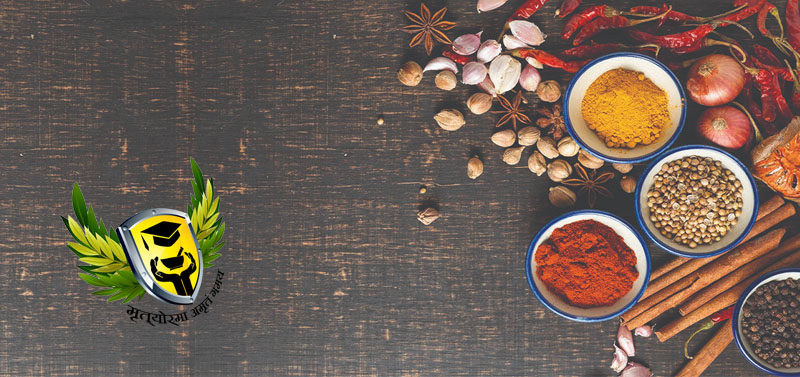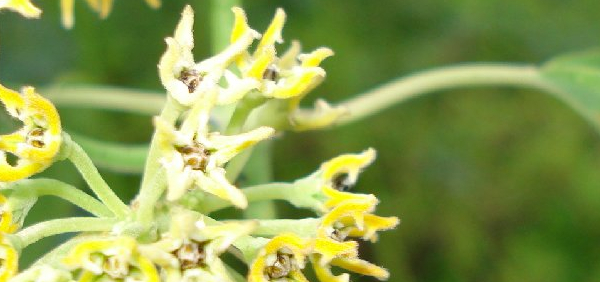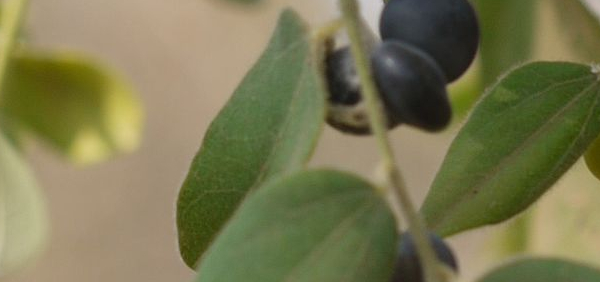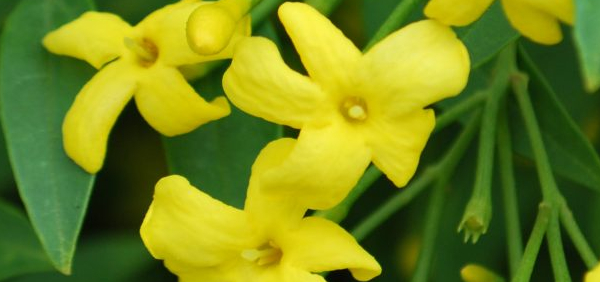jivaka :
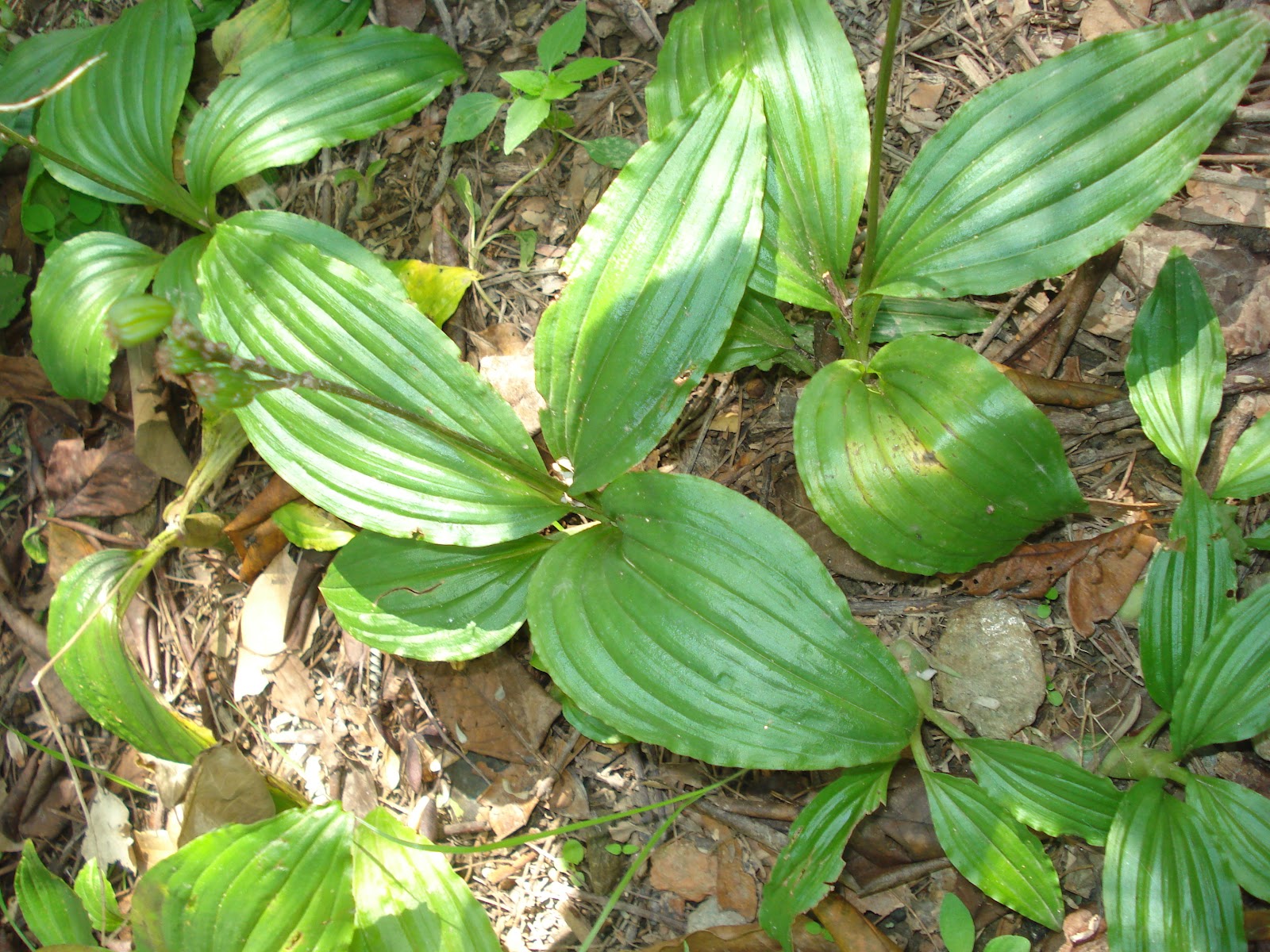
Cultivation:
Microstylis wallichii thrives well in moist, shady places covered with thick leaf litter deposits in dense oak–deodar forest zone. It preferably grows on the cool northern and Microstylis wallichii – flowers western hill slopes. Sometimes, this species is also found in depressions and gorges in hills such as shola forest type habitat. It grows in loose sandy loam soil, rich in humus, chiefly on upper stratum of organic layer, in the wet localities. The requirement of mean annual rainfall ranges between 1000 mm and 1500 mm, and the optimal mean annual temperature range is 10–15 °C.Propogation:
Orchids are characterized by very small seeds that are not fit for propagation. Only vegetative parts, whether pseudobulbs, daughter plants, nodal
segments of rhizomes or tubers, are feasible as propagation material
Harvesting:
Flowering: July-SeptemberThe crop matures in five months and the tubers are ready to be harvested when dormancy sets in during the last week
of October or first week of November. Bulbs are dug carefully after watering. The injured bulbs cannot be stored and are prone to decay
- » Classification and names of jivaka
- » Synonyms and definitions of jivaka
- » Drug Properties of jivaka
- » Chemical Constituents of jivaka
- » Standardization of jivaka
- » Parts used and Dosage of jivaka
- » Morphology and Histology of jivaka
- » Distribution and Conservation of jivaka
- » Cultivation of jivaka
- » jivaka in the market
- » Medicinal Uses of jivaka
- » Researches and clinical trails of jivaka
- » jivaka in other sytems of medicine
- » Ayurvedic formulations with jivaka
- » Images of jivaka



